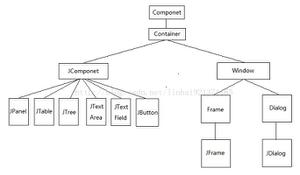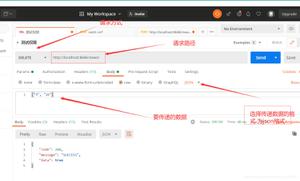c#ArrayList、List、Dictionary [操作系统入门]

ArrayList(频繁拆装箱等原因,消耗性能,不建议使用)
需引入的命名空间
using System.Collections;
使用
ArrayList arrayList = new ArrayList();arrayList.Add(
"abc"); //将数据新增到集合结尾处arrayList[0] = 123; //修改指定索引处的数据
arrayList.RemoveAt(0); //移除指定索引处的数据
arrayList.Remove(123); //移除内容为123的数据
arrayList.Insert(0, "abc"); //在指定索引处插入数据,原来的数据往后移,不会覆盖原来索引处数据
List集合(需要定义数据类型,添加的数据类型必须和定义的类型相同)
//方法一List<int> list = new List<int>();
//方法二、初始化赋值
List<int> list = new List<int>
{
1,
2,
3
};
list.Add(123); //将数据新增到集合结尾处
list.Add(789);
list[0] = 456; //修改指定索引处的数据
list.RemoveAt(0); //移除指定索引处的数据
list.Remove(789); //移除内容为123的数据
list.Insert(0, 111); //在指定索引处插入数据,原来的数据往后移,不会覆盖原来索引处数据
list.Clear(); //清空集合中所有数据
foreach(int item in list)
{
Message.Show(item.ToString());
}
Dictionary字典(需要给key,value定义类型,key要唯一,通过key获取value)
//方法一
Dictionary<int, string> keyValuePairs = new Dictionary<int, string>();keyValuePairs.Add(
0, "张三"); //赋值keyValuePairs[5] = "王五"; //不会报错,如果有key=5的值则修改,如果没有则添加
方法二
//初始化赋值Dictionary<string, string> keyValuePairs = new Dictionary<string, string>
{
{"A","a"},
{"B","b"}
};
keyValuePairs["A"]="abc";
keyValuePairs1.Remove("A"); //删除key="A"的数据
string a = keyValuePairs1["A"]; //取值
keyValuePairs1.Clear(); //清除所有数据
//Dictionary使用foreach遍历KeyValuePair的类型与要遍历的key,value的类型要一致
foreach (KeyValuePair<string,string> item in keyValuePairs)
{
string key = item.Key;
string value = item.Value;
}
自定义类型
先新建一个类
publicclass Person{
publicint Age { get; set; }publicstring Name { get; set; }}
使用
List<Person> people = new List<Person>(); //不限于ListPerson person = new Person()
{
Age = 18,
Name = "张三"
};
people.Add(person);
Person people1 = people[0];
people.Remove(person1);
c# ArrayList、List、Dictionary
以上是 c#ArrayList、List、Dictionary [操作系统入门] 的全部内容, 来源链接: utcz.com/z/519517.html








